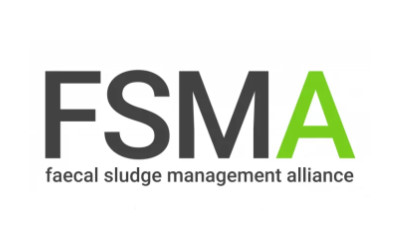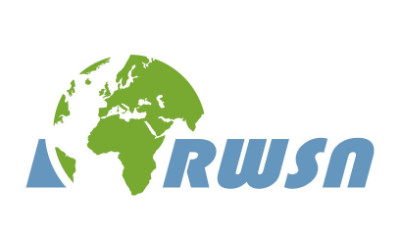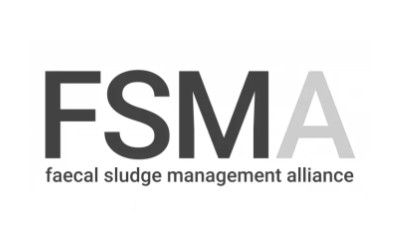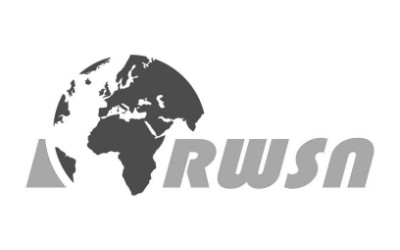 Poor planning and design choices are one of the most common reasons for public toilet facilities and services to fail. To ensure safe, accessible and long-term usability of public toilets, it is critical to select the most appropriate location and public toilet design (both being contingent on the users’ needs). Equally the most suitable maintenance approach and mode of operation needs to be selected carefully.
Poor planning and design choices are one of the most common reasons for public toilet facilities and services to fail. To ensure safe, accessible and long-term usability of public toilets, it is critical to select the most appropriate location and public toilet design (both being contingent on the users’ needs). Equally the most suitable maintenance approach and mode of operation needs to be selected carefully.
Focal areas
- Formation of Public Toilet Task Force: Stakeholder mobilization is a prerequisite towards building 100% sanitized cities. The National Urban Sanitation Policy (NUSP) suggests constituting a multi-stakeholder task force such as the City Sanitation Task Force (CSTF) or equivalent in order to ensure the city’s stakeholders demands and ideas are being represented in the public toilet planning and management.
- Decision-making framework (technology & design) – Identify what is needed and can be done: Public Toilet solutions need to be adapted to the local conditions and demands. Not everything will work in a given setting. User needs and what is possible has to guide the toilet design choices as well as maintenance approaches to ensure demand-oriented and functional toilet facilities and services. To establish an effective citywide public toilet system requires a series of inter-connected decisions to be taken step-by-step:
- User needs and demands decide the public toilet model
- Planning and design norms impact design and site plan layouts
- Local context and site conditions decide the technical model
- Design and technical model affect the cost of public toilet improvements and construction
- Clustering according to economic and operational viability affects the project structuring

- Site selection: The site of the public toilets needs to be based on demand to ensure the long-term use of facilities and as such the viability of the investment and operations. Locations that require the improvement of existing or construction of new facilities need to be identified and prioritized. Aspects to be considered for effective selection are the availability of land, footfall (user category, user type, demands and gender aspects decide type of toilet and toilet model) and sanitation requirements (existing or new infrastructure).
- Detailed Project Planning: To ensure hygienic and affordable public toilet facilities for all citizens, cities have to develop realistic and demand-oriented citywide public toilet strategies and ensure their effective implementation through standardized tools such as action plans and Detailed Project Reports (DPR). While the action plan provides a bird’s eye view of the citywide actions, DPRs provide micro-level insights of the specific project or project packages with a view to finance and implement them.
Toolbox
A collection of tools and reference material for the second step of the Public Toilet Management process and its focal areas is available for download here.















